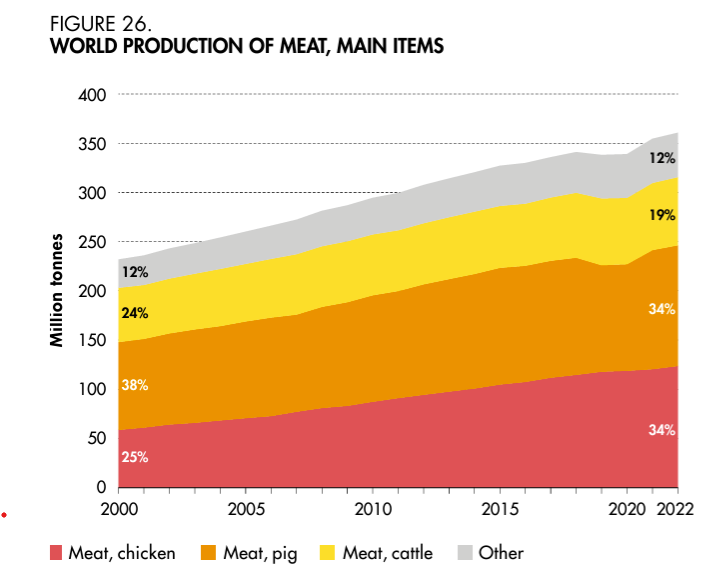Industry-funded study of the week: Honey
A reader, Colleen Wysocki, sent me a note about this study, the basis of a Nutrition and Dietetics SmartBrief e-mailed to members from the Academy of Nutrition and Dietetics to members.
RD: Enhance yogurt’s probiotic power with honey…A study in the Journal of Nutrition published earlier this year found that clover honey helps probiotics in yogurt survive longer during digestion, particularly benefiting the probiotic Bifidobacterium animalis…honey adds antioxidants and acts as a protective agent for probiotics. Research advises using just one to two tablespoons of clover honey per serving to optimize probiotic survival.
Here’s the study: Alvarado DA, Ibarra-Sánchez LA, Mysonhimer AR, Khan TA, Cao R, Miller MJ, Holscher HD. Honey Varietals Differentially Impact Bifidobacterium animalis ssp. lactis Survivability in Yogurt through Simulated In Vitro Digestion. J Nutr. 2024 Mar;154(3):866-874. doi: 10.1016/j.tjnut.2024.01.010.
Method: This was an in vitro (petri dish) study of the effects of honey on bacterial counts, with and without the addition of “simulated intestinal fluids.”
Results: “Yogurt with 10-20% wt/wt clover honey increased B. animalis survivability after simulated in vitro digestion (≤ ∼4.7 Log CFU/g survival; P < 0.05).”
Conclusion: “Yogurt with added honey improves probiotic survivability during in vitro digestion.”
Funding: “This work was supported partially by the National Honey Board (HDH and MJM).”
Comment: Honey may be delicious, and no wonder; it is 82% sugar, mostly fructose (41%) and glucose (35%) and not all that different biochemically from sucrose (table sugar). The reason why the Honey Board funded this study must surely be to demonstrate that adding honey (i.e., sugar) to your yogurt is good for you. And don’t we all love results like this?


